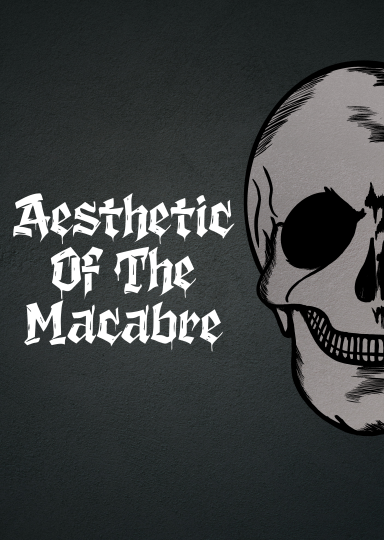
Written by Aya
Dead bodies are a favourite topic of conversation across the humanities. It seems that there’s just something fascinating about the dark, decaying and macabre. Every culture has practices and beliefs that it lends to death; their own funeral rites they grant to those who pass. One of my favourite journal articles (The Loveliness Of Decay: Rotting Flesh, Literary Matter And Dead Media) puts it well, “Horror becomes us. That is to say, we are most afraid of the things that force us to look at ourselves in uncomfortable ways.”
There are many examples of the macabre aesthetic in art history. Goya and his hungry god Saturn who swallows his son whole. Degenerate art from the 1940’s. Shirley Jackson’s “home is where the horror is”. The realm of the ‘macabre’ is not limited to satanic culture and a procession of skeletons but instead a genre of literature, media and art that finds aesthetic value in that which should be abhorrent. There is nothing pretty about a rotting corpse except for everything. Nothing pretty about death except for life and the extent to which we, in all forms of humanity, love and care for our dead. That our grief extends beyond the flesh into hundreds of theoretical afterlives where our loved ones reside.
Love is tired of kind metaphors. There are only so many ‘red’ analogies to be made before it turns bloodthirsty. Emotion is meant to be felt violently. True beauty should evoke a reaction that is visceral and consuming. Is this valuable because it is aesthetic or is it valuable as it is a reflection of something bigger than myself? At our core we, as a species; are hunger, desperation, joy and replay. If art reflects life then we cannot only find beauty in easy places.